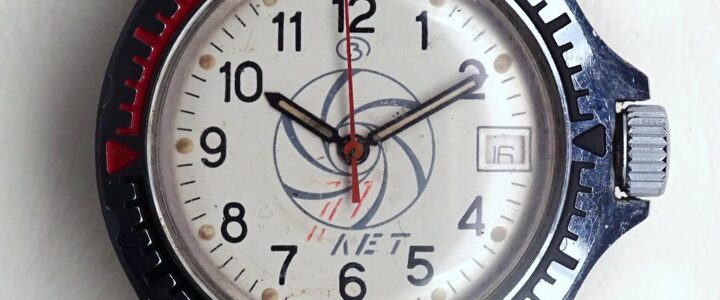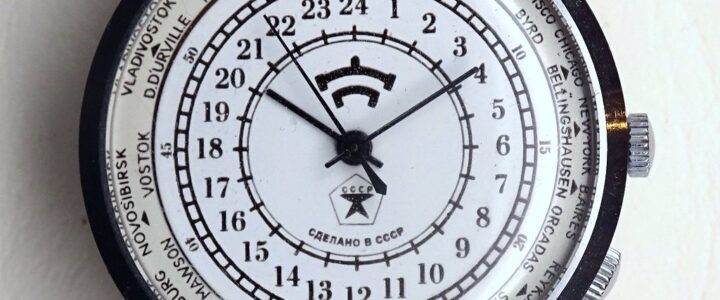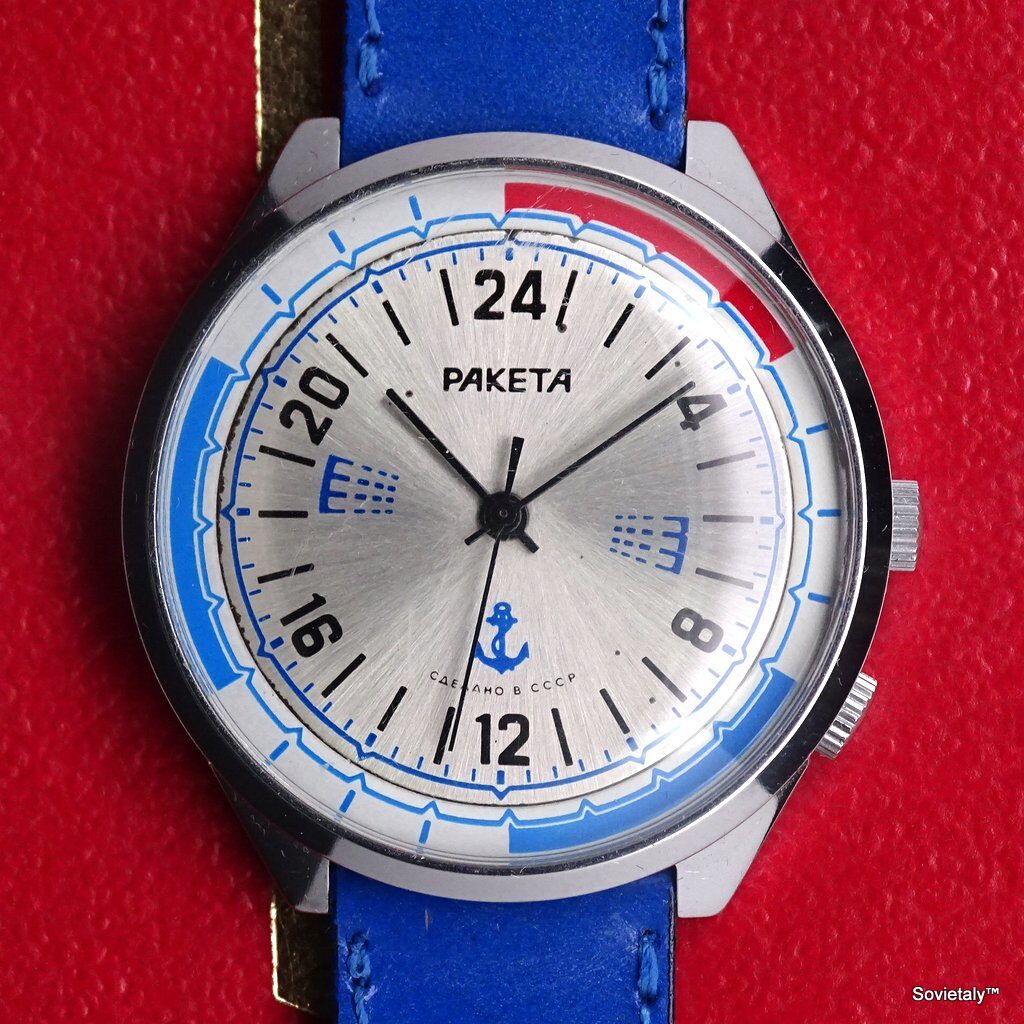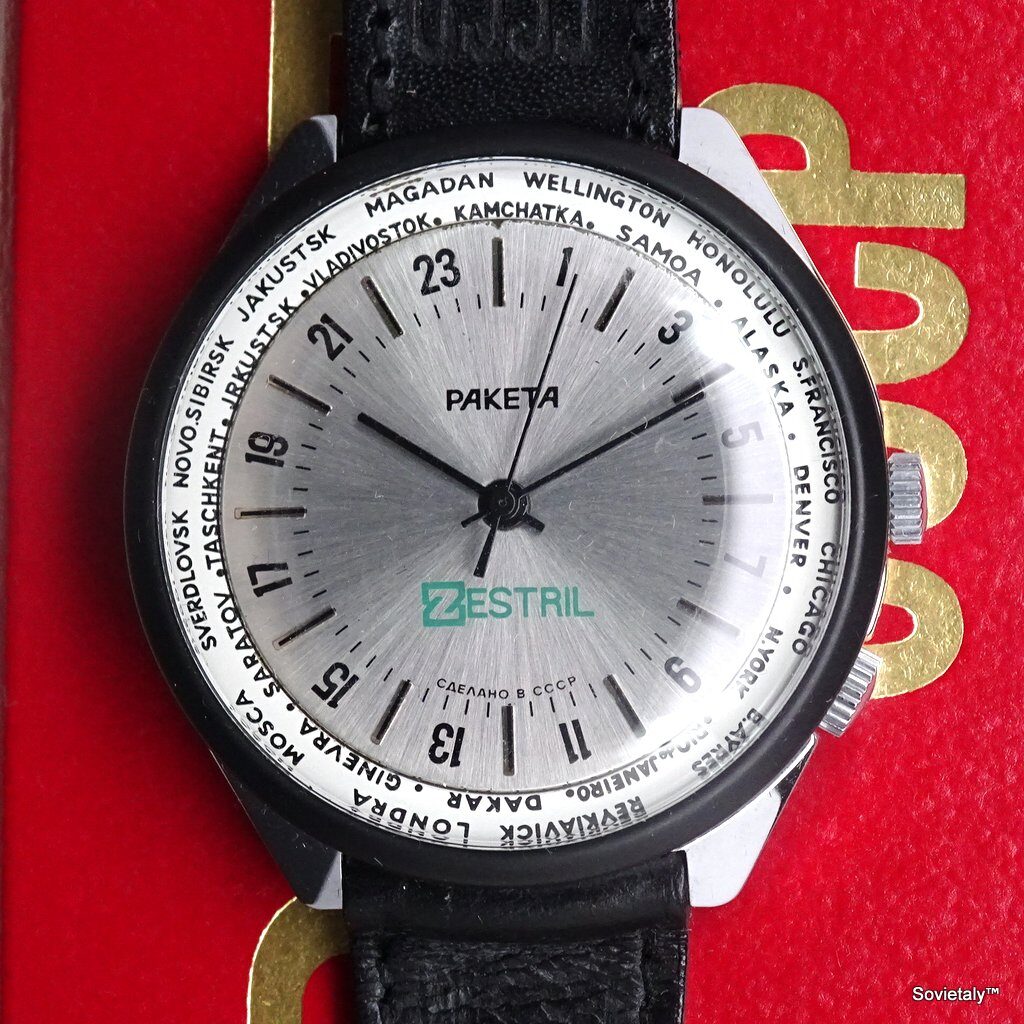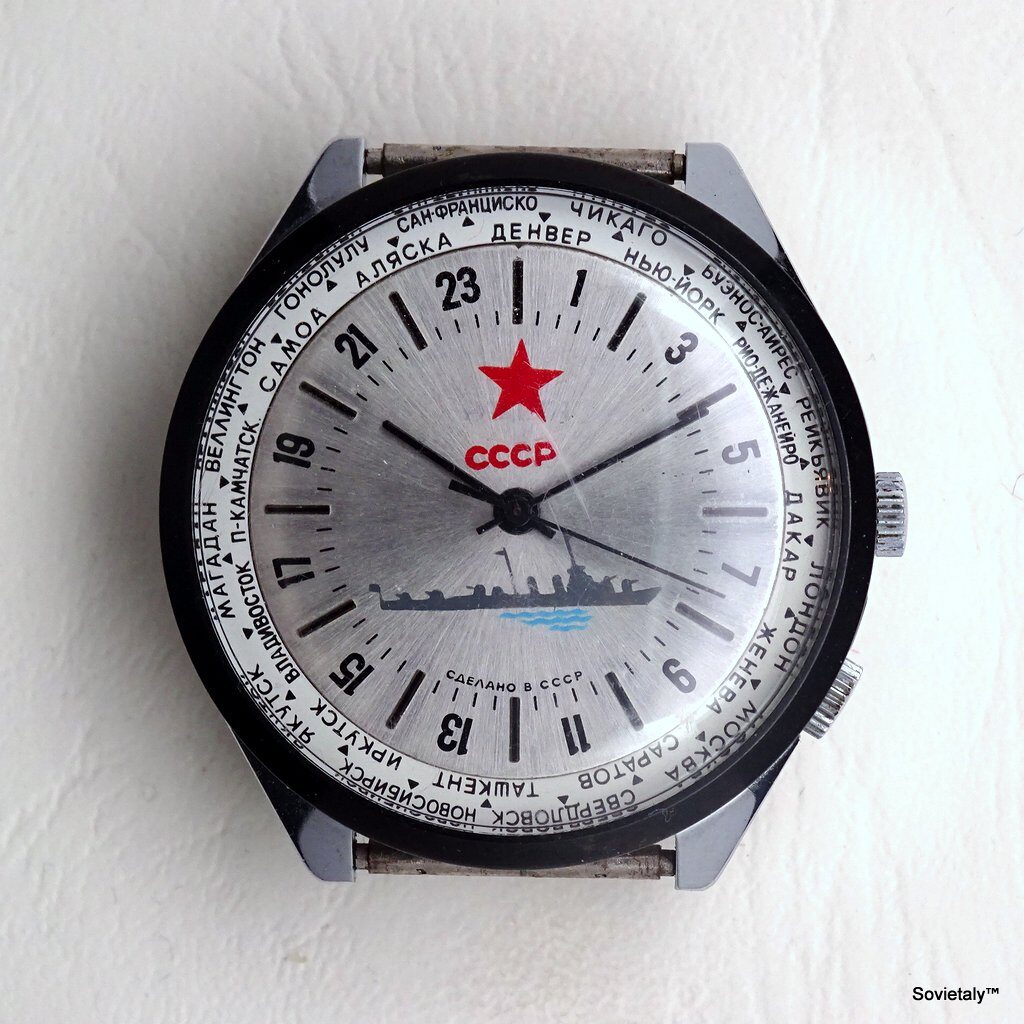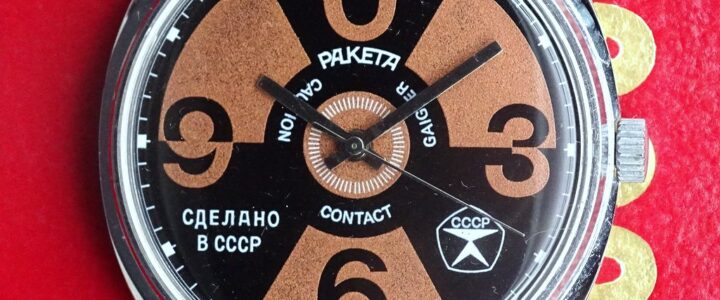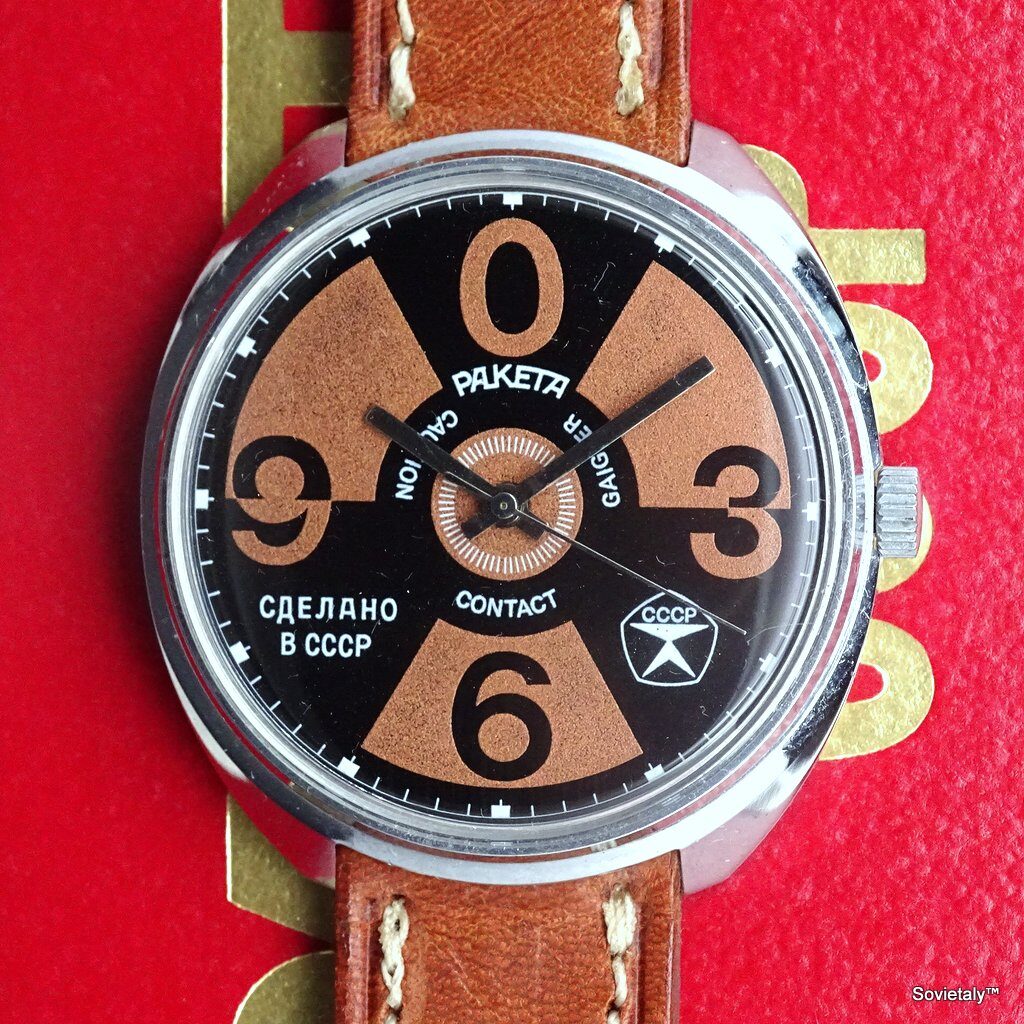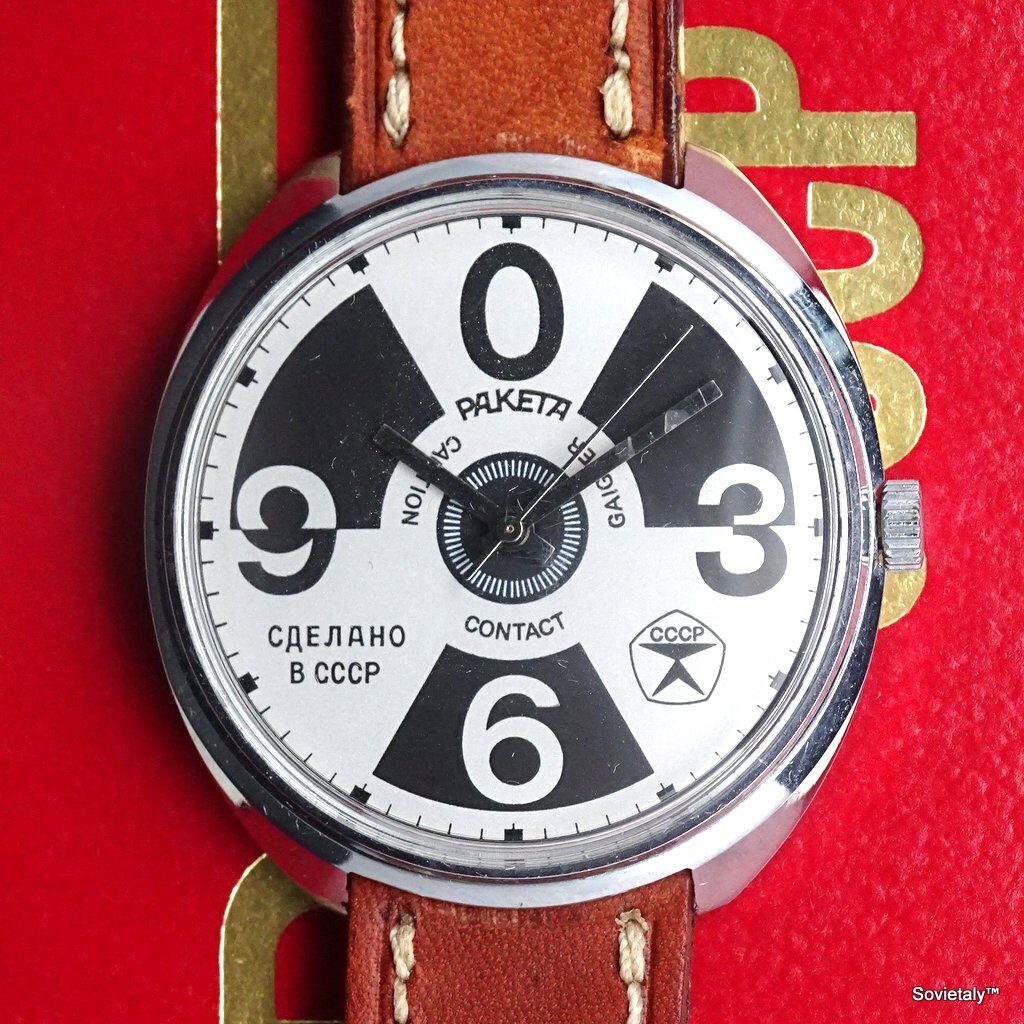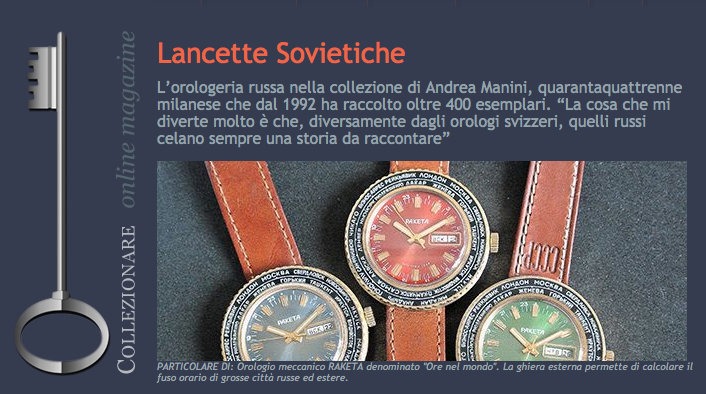The Vostok Komandirskie watch, with its enigmatic dial, has sparked curiosity and various hypotheses over time. This article explores two main theories regarding the meaning behind the dial.
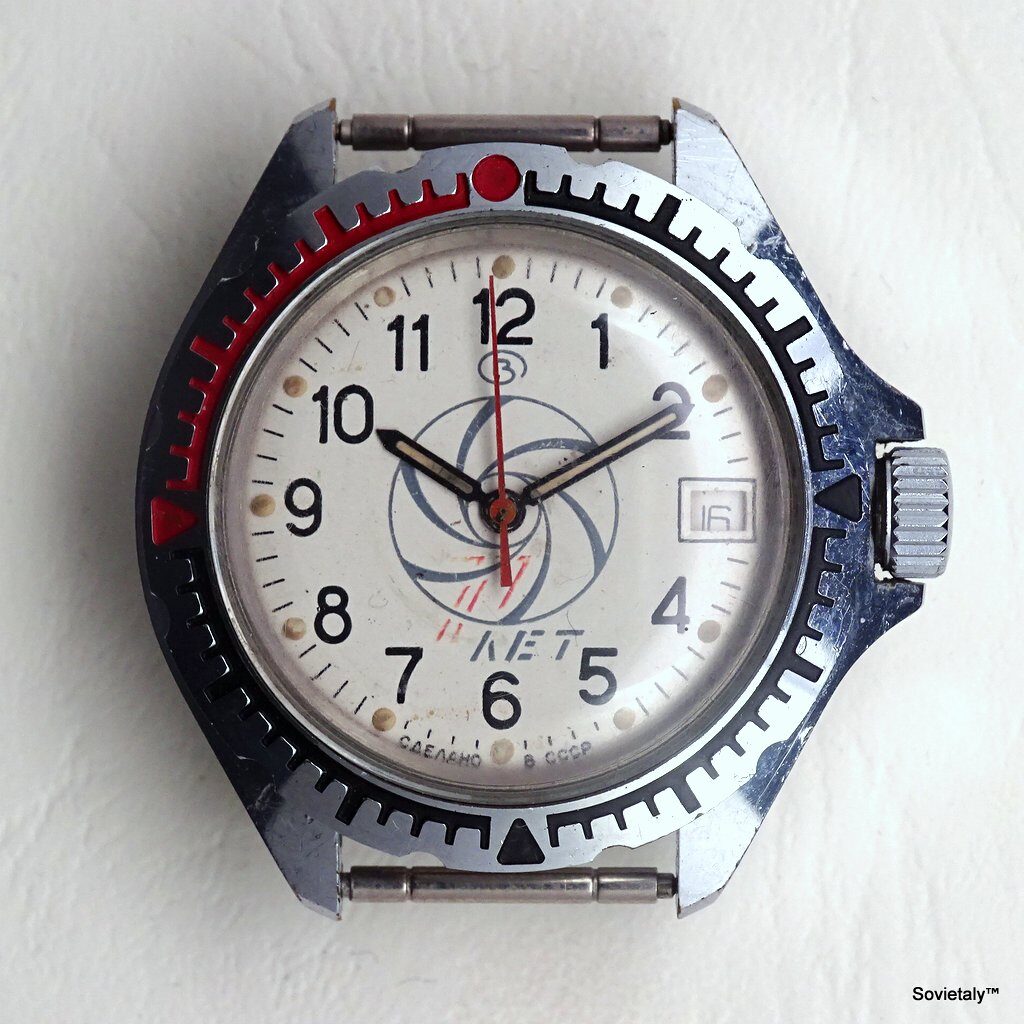
Theory 1: The Volkhov Hydroelectric Plant
The first theory suggests that the watch was commissioned to celebrate the 70th anniversary of the Volkhov Hydroelectric Plant.

In the center of the watch dial, there is an image resembling a diaphragm, a propeller, or more likely, a Francis turbine, commonly used in the early 20th century for low-pressure applications. This type of turbine is ideal for the technology of the time and fits the historical context.
The Volkhov Hydroelectric Plant, the first hydroelectric power plant built according to the GOELRO plan, was put into operation in 1926. Celebrating its 70th anniversary in 1986 aligns well with the production period of the Vostok Komandirskie watch.
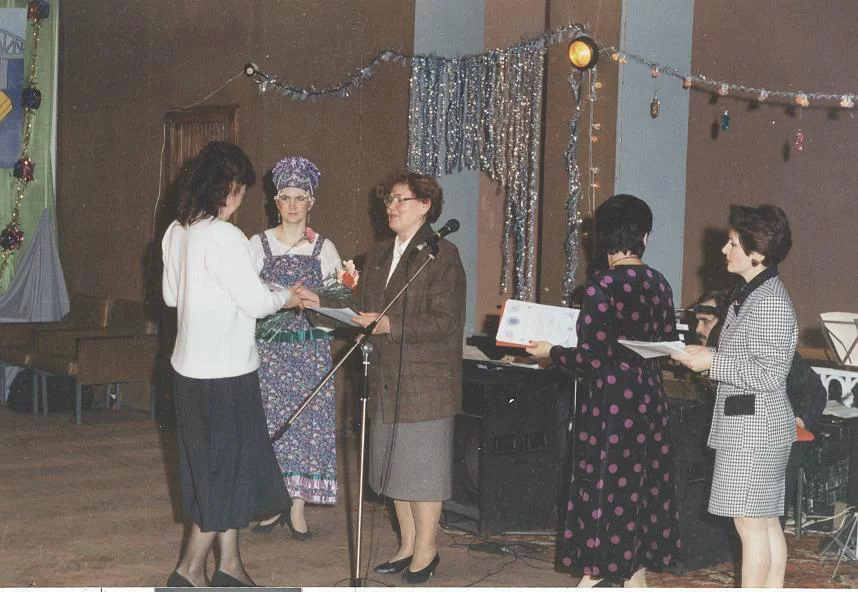
In 2016, to mark the 90th anniversary of the plant, a monument featuring a turbine was unveiled outside the plant. Here are photos of the monument and the plaque translation:

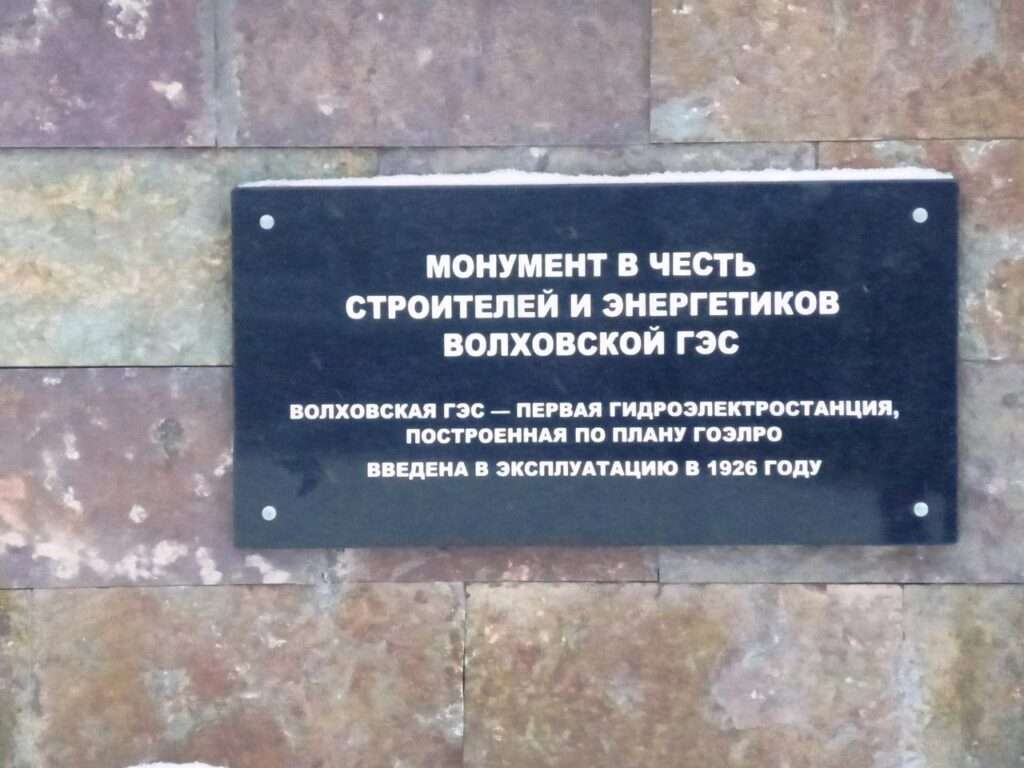
Translation of the plaque: “Monument in honor of the builders and energy engineers of the Volkhov Hydroelectric Plant. Volkhovskaya HPP – the first hydroelectric power station built according to the GOELRO plan, put into operation in 1926.”
Theory 2: The Oil Industry Connection
Another plausible theory, discussed in detail on the cccp-forum.it by users cuoccimix, zvezda, DaniLao, fiurdesoca, Cane, Trash, and robyvintage, suggests that the watch might be related to the oil industry.
This theory posits that the symbol on the dial represents a component used in oil extraction. Fiurdesoca shared a photo of a commemorative watch featuring a similar turbine symbol, along with the text “ЦБПО ЭПУ,” suggesting a connection to oil drilling. The watch has a stylized drilling rig and the dates 1985-1995, with the name of the city Langepas, indicating a link to the oil industry.
Description of fiurdesoca’s watch: This commemorative watch has a dial depicting a stylized drilling rig with the dates 1985-1995 and the name Langepas. The text on the dial, “ЦБПО ЭПУ,” translates to “Central Bureau of Production Services for Electrical Submersible Installations,” pointing towards an oil industry connection.

About ЦБПО ЭПУ: The Central Bureau of Production Services for Electrical Submersible Installations (ЦБПО ЭПУ) is a company located in Surgut, part of the OJSC “Surgutneftgas” group, one of the largest oil companies in Russia. The company specializes in the maintenance and repair of electric centrifugal pumps used primarily in the oil industry.
Founded to provide technical services and support for extraction operations, ЦБПО ЭПУ engages in a wide range of activities, including the assembly and disassembly of electric pump installations, management of control stations, and repair of electrical equipment. These devices are crucial for the operation of extraction and management of natural resources like oil and gas.
The company has participated in various meetings and conferences with other industry companies, focusing on topics such as industrial safety, equipment maintenance, and operational efficiency of installations. For example, in a recent meeting in Neftekumsk, themes like workplace safety, pump maintenance, and resource management were discussed.
Employee reviews of ЦБПО ЭПУ are mixed, with some criticisms regarding internal management and working conditions. However, the company remains a key player in the oil industry services sector, significantly contributing to the maintenance and operation of critical infrastructure in Russia.
Without conclusive evidence, both theories remain viable. Future discoveries and further information may validate or refute these hypotheses.

